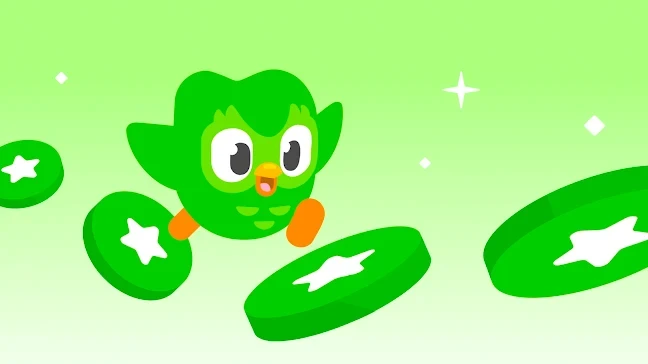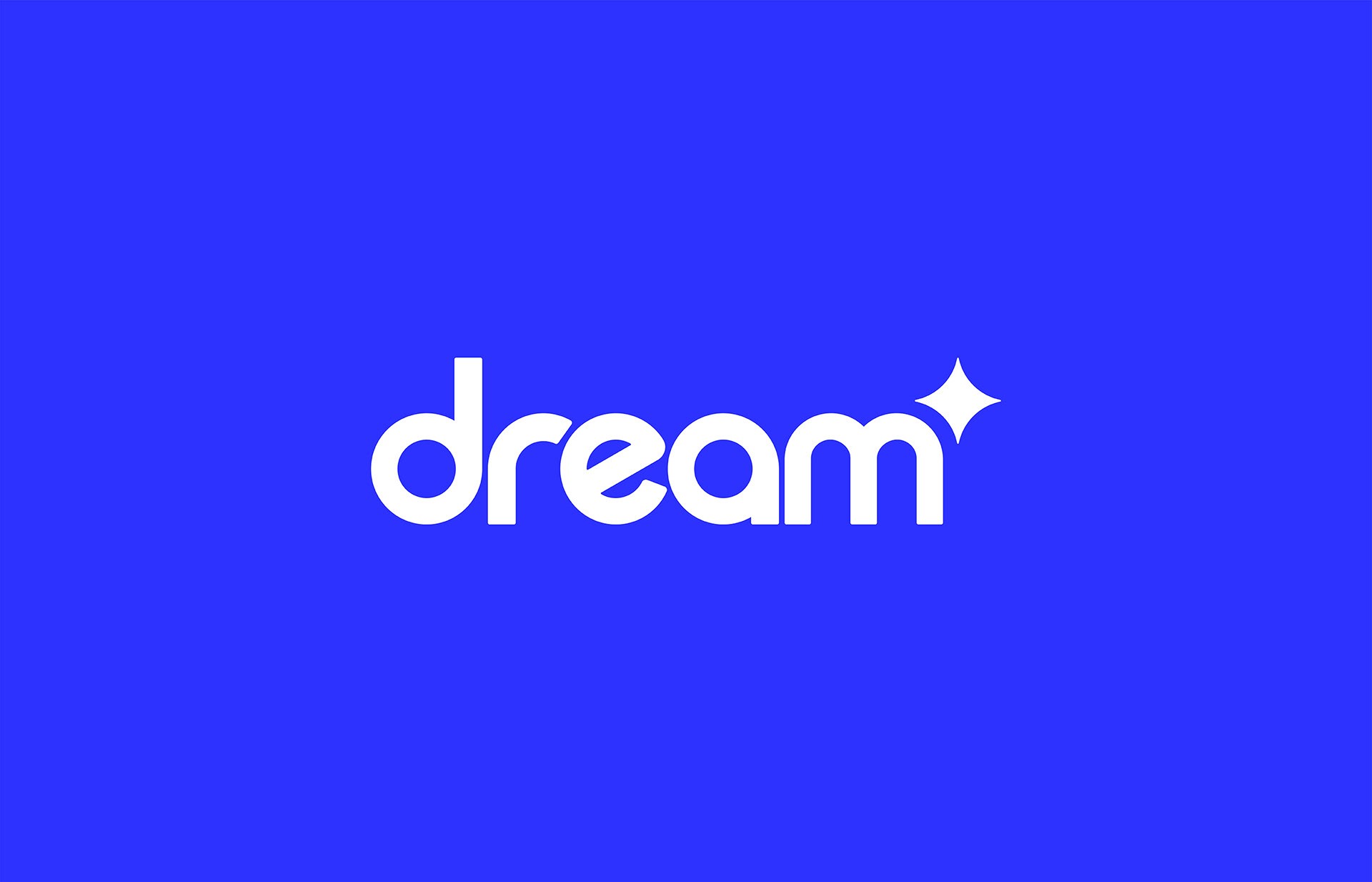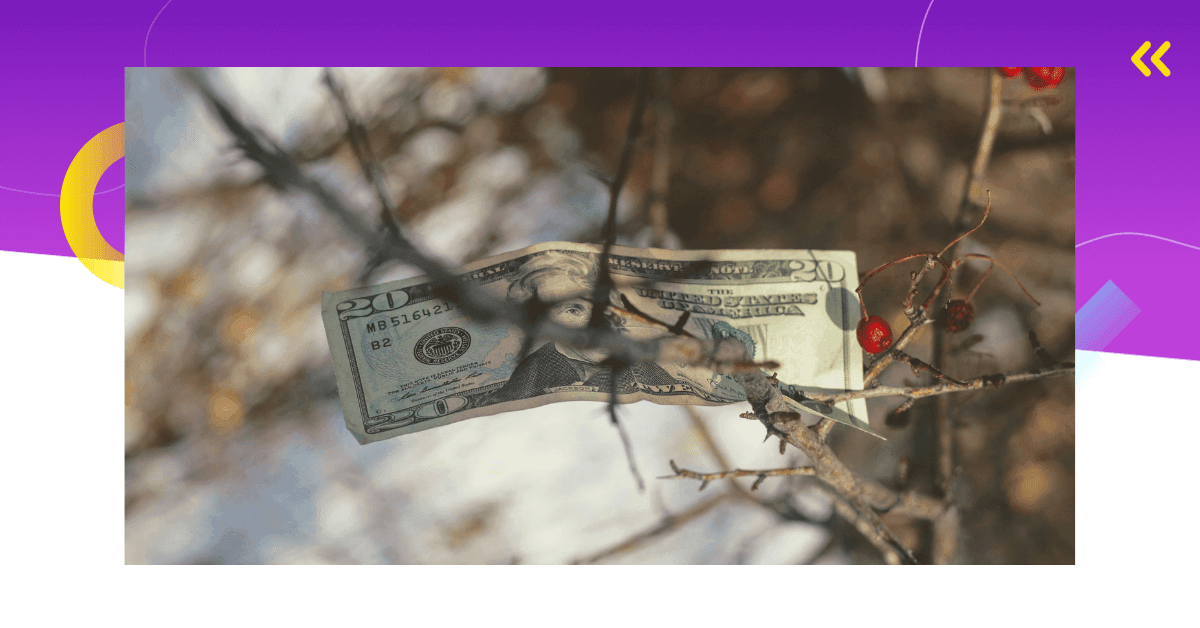Duolingo has become the most used and most recognizable language-learning app in the world. With its green owl mascot, game-like lessons, and a mission to make education free, it has attracted hundreds of millions of users.
But beyond the memes and playful marketing, Duolingo is also one of the top-grossing education apps. In this article, we’ll look at what the app is about, who made it, how many people use it, how it makes money, and whether it really works.
What Is Duolingo?
Duolingo is a language-learning app that makes picking up a new language feel more like playing a game than studying. You can use it on your phone or in a browser, and it offers courses in over 40 different languages.
The app breaks lessons into short, bite-sized sessions, so users can practice daily without feeling overwhelmed. It uses points, streaks, and rewards to keep users motivated, which is why so many people come back every day.
Duolingo follows a freemium model.
That means users can use most features for free, but there’s also a premium version that removes ads and unlocks extras.
Does Duolingo Actually Work?
The big question is whether Duolingo helps you learn a language effectively. The answer is yes — but with limits.
Studies have shown that people who complete beginner courses on Duolingo make progress in reading and listening skills that’s comparable to several semesters of college language classes. Other research on high school students found that using Duolingo improved their skills and made them more engaged in learning.
That said, Duolingo works best for building a foundation. It’s stronger in reading and listening than in speaking or writing. Many users report they can understand more than they can actually say, which makes sense because the app doesn’t provide much real conversation practice.
Consistency also plays a big role. The app only works if you stick with it. Its game-like design helps keep people motivated, but skipping too many days limits the results.
In the end, Duolingo is a great supplement to learning a new language. It can get you started and help you stay consistent, but reaching fluency usually requires more, like speaking with native speakers, practicing in real-life situations, or taking structured classes.

Who Made Duolingo?
Duolingo was created by Luis von Ahn and Severin Hacker. Von Ahn, originally from Guatemala, is a computer scientist and entrepreneur best known for co-founding reCAPTCHA before selling it to Google.
Hacker was his graduate student at Carnegie Mellon University, and together they teamed up to build an app that would make learning languages free and accessible to everyone.
When Was Duolingo Created?
The company was founded in 2011. A private beta version went live later that year, on November 27, 2011. Just a few months later, Duolingo became available to the public on June 19, 2012. That launch quickly turned it into one of the most popular education apps worldwide.
Where Is Duolingo Headquarters?
Duolingo’s headquarters is in Pittsburgh, Pennsylvania, USA. The company also has offices in other major cities, including New York, Seattle, Berlin, and Beijing. Pittsburgh, though, is where the main team operates and where Duolingo continues to grow its platform.
Is Duolingo Free?
Yes, Duolingo is free to use. Users can access all the language courses and lessons without paying anything. The catch is that the free version comes with ads and certain limits, like the “hearts” system that makes you wait if you make too many mistakes.
For those who want a smoother experience, Duolingo also offers paid plans like Super Duolingo and Duolingo Max. These remove ads, let you practice without limits, and even add new features such as AI-based explanations. But at its core, Duolingo stays true to its mission of making language learning free and accessible to everyone.
Is Duolingo Dead?
No, Duolingo isn’t dead. The confusion comes from a viral marketing campaign the company launched in early 2025.
In it, Duolingo jokingly declared that its green owl mascot, Duo, was “dead.” The campaign even featured videos of the owl being hit by a Tesla Cybertruck and the app icon changing to show Duo with Xs over his eyes.
Of course, this was all tongue-in-cheek. Far from shutting down, Duolingo is alive and thriving, with millions of active users and new features being added regularly.
How Many People Use Duolingo?
Duolingo is one of the most used education apps in the world. With millions of people opening it every day, it has become the go-to choice for anyone who wants to learn a new language in a quick and accessible way.
Duolingo Daily Users (DAU)
On average, 29 million people use Duolingo every day (AppMagic, 2025). That’s the size of an entire country logging in daily to practice a language. It shows how much of a daily habit the app has become for its users.
Duolingo Monthly Users (MAU)
Looking at monthly activity, Duolingo has around 185 million active users (AppMagic, 2025). This huge number highlights how global the app is, with a massive community of learners sticking with it month after month.
How Many Downloads Does Duolingo Have?
Duolingo has been downloaded 960 million times in total (AppMagic, 2025). That’s just shy of one billion installs, proving its wide reach.
The downloads are spread all over the world, but a few countries stand out. India accounts for 16%, the United States for 13%, and Brazil for 8% (AppMagic, 2025).
This mix shows that Duolingo isn’t limited to one region; it’s a global platform with strong adoption in both developed and emerging mobile markets.

Duolingo Ads & User Acquisition Strategy
Duolingo’s rise hasn’t just been about a great product; it’s also about how well the company attracts and keeps new users. The app combines playful, brand-driven advertising with data-driven distribution to stay on top.
What Kind of Ads Does Duolingo Run?
Duolingo’s ad creatives usually fall into a few clear styles.
Some are product demos, showing short clips of lessons so viewers understand how the app works right away. Others use the iconic Duo owl mascot, often in funny or exaggerated scenarios — exhausted, angry, or asking “where did you go?” when users miss practice.
These ads lean on humor and brand personality to grab attention.
The company also invests in UGC-style ads, where users talk about their experience with the app. This makes the ads feel authentic and relatable, which resonates with a global audience.
Where Do the Ads Run?
Most of Duolingo’s ad impressions, about 82%, come from Google AdMob (AppMagic, 2025). The largest share of impressions is in Mexico (20%), followed by the U.S. (11%) and India (10%) (AppMagic, 2025).
Behind the scenes, Duolingo uses machine learning to decide which ad to serve and when. The company has written about how it shifted to a unified ML system for ads, which improved efficiency and boosted revenue.
A Mix of Paid and Organic Growth
Paid campaigns matter, but what makes Duolingo stand out is its ability to grow organically. About 80% of its users come from organic channels like word of mouth, viral social content, and brand campaigns. A good example is the aforementioned “Duo is dead” campaign, which went viral in early 2025.
On social media, Duolingo leans into memes, influencer content, and stunts that get people talking. On TikTok and Instagram, the owl has become a pop-culture icon, making the app part of online conversations well beyond traditional advertising.
Retention is also a big part of the strategy.
Push notifications, streak reminders, and product improvements keep users active. The company even rebuilt its Android app to load faster on budget devices, reducing churn and increasing daily use.
Duolingo Revenue
Duolingo is among the top-grossing apps worldwide. Its steady growth shows that users are not only downloading it but also willing to pay for the experience.
All-Time Revenue
So far, Duolingo has generated about $1.8 billion in total revenue (AppMagic, 2025).
What’s impressive is that this growth has been consistent since the app’s release, without big drops or slowdowns. Almost half of that revenue (45%) comes from the United States, which remains its strongest market.
Monthly Revenue
Each month, Duolingo brings in between $46 and $49 million (AppMagic, 2025). That figure keeps edging upward, showing that subscriptions and other paid features are gaining traction.
For an education app, those numbers put Duolingo in rare company at the very top of the charts.
How Does Duolingo Make Money?
Duolingo runs on a freemium model. The app is free to use, but extra features and products generate revenue.
Here’s a breakdown of how it all works.
Subscriptions: Super Duolingo and Duolingo Max
Subscriptions are Duolingo’s biggest source of income. Super Duolingo removes ads, adds unlimited hearts (so you can keep practicing without breaks), and unlocks extra perks.
Then there’s Duolingo Max, the premium plan powered by AI.
It includes features like Explain My Answer, which uses GPT-4 to give detailed explanations, and Roleplay, which lets you practice conversations with AI. Duolingo also offers a Family Plan that covers up to six people.
Advertising on the Free Version
If you’re on the free plan, you’ll see ads between lessons. This keeps the main learning content free while still generating money from Duolingo’s massive user base.
In-App Purchases
The app also sells small add-ons in its Shop, like Streak Freeze (to save your daily streak if you miss a day) or Timer Boosts for challenges. These aren’t huge revenue drivers compared to subscriptions, but they add steady extra income.
Duolingo English Test (DET)
Duolingo created its own English proficiency test, which is accepted by thousands of universities around the world. Test takers pay a one-time fee, and the test has become especially popular because it’s cheaper and more accessible than traditional language exams.
Features That Encourage Paying
Duolingo’s design also helps push monetization. The Hearts system (now evolving into “Energy”) limits how many mistakes you can make in one sitting.
Free users need to wait or watch ads when they run out, but paying subscribers get unlimited access. This system keeps people engaged and nudges heavy learners toward upgrading.
Why This Mix Works
By combining a huge free audience with multiple revenue streams — subscriptions, ads, small in-app purchases, and the English Test — Duolingo has built one of the most successful monetization models in the education app space. Subscriptions remain the core, but extras like the test and AI features in Max help drive steady growth year after year.
Final Thoughts
Duolingo started as a small idea to make language learning free for everyone. Today, it’s a global platform with nearly a billion downloads, over 185 million monthly users, and steady revenue growth. Its mix of gamified lessons, viral branding, and smart monetization has made it stand out not just as an education tool but also as a cultural phenomenon.
While the app isn’t a one-stop path to fluency, it lowers the barrier to entry and keeps millions of people motivated to practice every day. Combined with creative user acquisition strategies and bold marketing campaigns, Duolingo has secured its spot as the leader in digital language learning.
Data Source
- AppMagic, 2025. App Data
- Wikipedia, 2025. Duolingo article







Comments